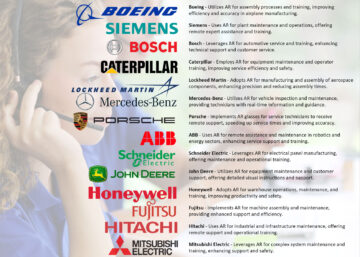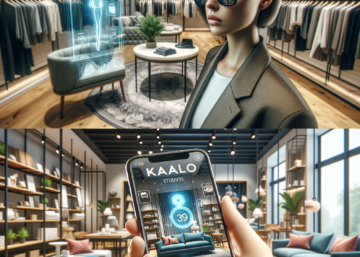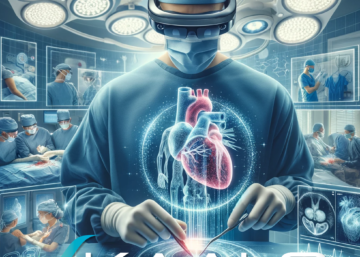Building a product model or prototype takes time, money, materials and energy. And yet it is a necessary step in the design process to present your design to a stakeholder. Facts and figures, even 2-D diagrams only get you so far before everyone wants to see what the laptop, new medical device or treadmill is actually going to look like and how it will function. Augmented reality enables a virtual prototype that works just like a real, physical version, complete with a 3-D model that can be rotated, opened and taken apart at less cost using fewer resources.
AR Reduces Prototype Cost
Prototypes are often the largest expense in the product development process and can account for up to 80 percent of the development budget. Oftentimes, the first iteration of a model isn’t the final one, and creating updated versions takes even more time and money. With AR, models can be generated and modified in far less time, with less cost and less waste. And they can be delivered easily anywhere in the world, which brings us to our next point: accessibility.
AR Models are More Accessible
Shipping a model to a customer for a demonstration in their own space is costly and requires a couple of days’ lead time for shipping. If you are flying stakeholders out to observe a model, that cost is likely even higher. With AR models and prototypes, that product demonstration can happen in 3-D for many people at one time in multiple locations, delivered digitally, with no need to pay for expensive shipping or travel. Users can manipulate the 3-D models at will without safety concerns and without fear of damaging the product.
Better than 2-D Design
With larger, more complex design, 2-D modeling is often all you get. Vizworx President Jeff LaFrenz said that when designing an airplane, AR models can save a lot of rework. In a standard design review, a 3-D image is projected onto a 2-D screen, and the loss of dimension makes it difficult to discern how it will work in the real world. Mistakes are often not corrected until they’ve begun production. “We don’t get the insight around those spaces until we’re in them,” he said. “That’s where AR allows insights. We can reduce significantly the cost of infrastructure design and construction by giving them a spatial understanding through AR.”
Augmented reality models outperform physical models in all areas. They are less expensive, easier to modify, more accessible, more accurate than 2D models and produce less waste. AR product models are the future and none too distant.



